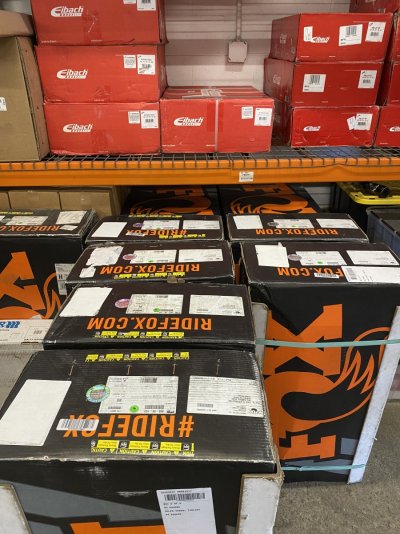Third update: so I had the preload reduced to 3/8" on the collars, meaning there is now an 8" fender gap to tire and 3/4" lift from stock (I'm so obsessed with this that I actually went to a dealership and measured two different 2020 trucks - both showed 7 1/4" to the front tire from the fender). The truck drives much better offroad now, with way better turn in, less harsh drop out clunk, and still improved compression control and capability than stock. Keep in mind this is about 1.5" above what a 2017/2018 would be stock, so there is still a decent improvement in ride height.
Your experience may vary, but I've been on a saga of sorts to try to figure out how to run these shocks in a manner that doesn't ruin overall ride quality and performance. Hopefully you all find my posts on this topic helpful.
One more thing re settings on the live valve coilovers and rear shocks - offroad, I am largely driving fast on rougher dirt and rock roads up here near Vancouver, BC, with lots of undulation and corners. I don't really think driving fast in a straight line is the funnest thing, so go looking for more dynamic places to drive. There's no sand up here. I use Baja mode, 4wd, rear diff locked. I drive pretty quick I think, but obviously not a pro rally racer or anything. Anyways, I found that soft puts the truck all over the place in direction changes - there was a lot of traction but too much weight transfer in corners. I found the firm setting to be too rough for corners with rocks embedded into the surface. The truck just skitters across the road sideways and can't find traction. The medium setting seems to be the best overall compromise for the conditions I've been driving in. I still have to experiment with softer air pressures - I typically run around 29 psi all four corners, warm.
Cheers





